Sicily Honor, A Book by Assouline
Sicily Honor, A Book by Assouline
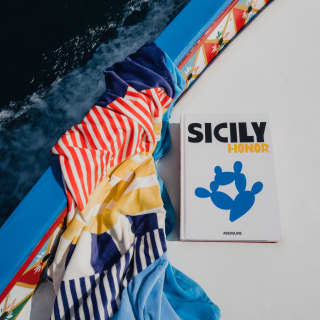
Read an excerpt of Gianni Riotta’s take on Sicily, a dive into the history of the island’s vibrancy and melting-pot mystique.
Every dish they serve you in Sicily is never simply food. It is also, above all, a library of history, culture and mythology. This is true of award-winning restaurants, such as the one at Villa Sant’Andrea, a Belmond Hotel in Taormina, whose cannoli, by chef Agostino D’Angelo, prove the peremptory judgment I often heard as a child that “ricotta for cakes, cannoli, cassate and sfingi di San Giuseppe [cream puffs] must always be made with sheep’s milk, never cow’s!” There’s also St. George, owned by legendary chef Heinz Beck, who, when I asked him his favorite Italian dish, confessed, to my surprise, “Sicilian soup with tenerumi [summer greens]!” My mother would make me eat it, convinced, like many other Sicilians, that it “cleansed the body.” I hated it, but Heinz’s praise vindicated Mamma forever.
The Nobel Prize–winning author Luigi Pirandello was convinced, for his part, that to understand Europe you had to understand Sicily. Pirandello narrated the suffering of the new world in stories about humble Sicilian miners, about the restless vagabond Mattia Pascal and about the mysterious matriarchs in The Mountain Giants. The island’s second Nobel Prize winner, who always dreamed of national independence for Sicily, was the poet Salvatore Quasimodo. If you set off with a copy of his collected verse in your pocket, he will accompany you like a wise friend. With Quasimodo, you’ll venture to the town of Tindari and its sanctuary, offering views of the diaphanous shallows and currents of the Tyrrhenian Sea: “Tindari, I know you mild / Between broad hills overhanging the waters / Of the god’s sweet island.” You’ll visit the Aeolian Islands, which Odysseus sailed around, including Stromboli, with its constantly active volcano, and Lipari, where you’ll drink Malvasia wine distilled by painter Carlo Hauner.
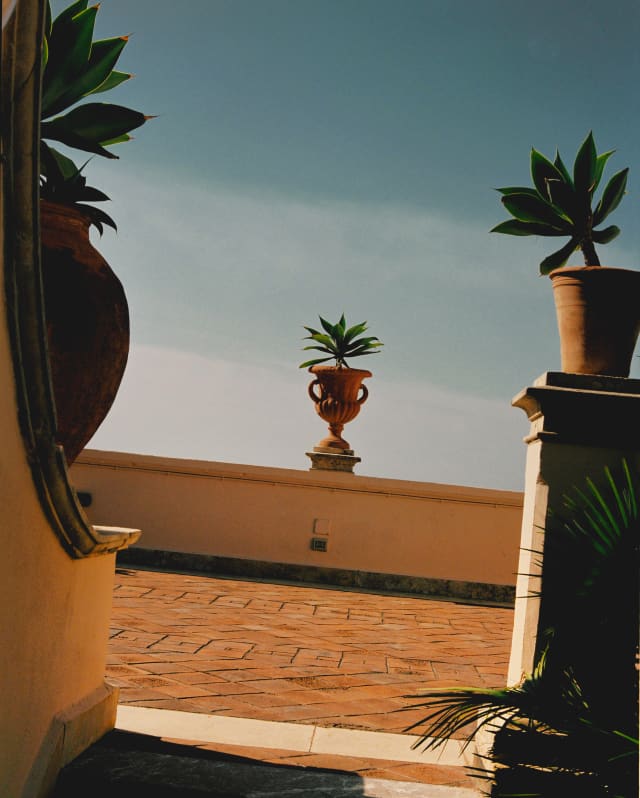
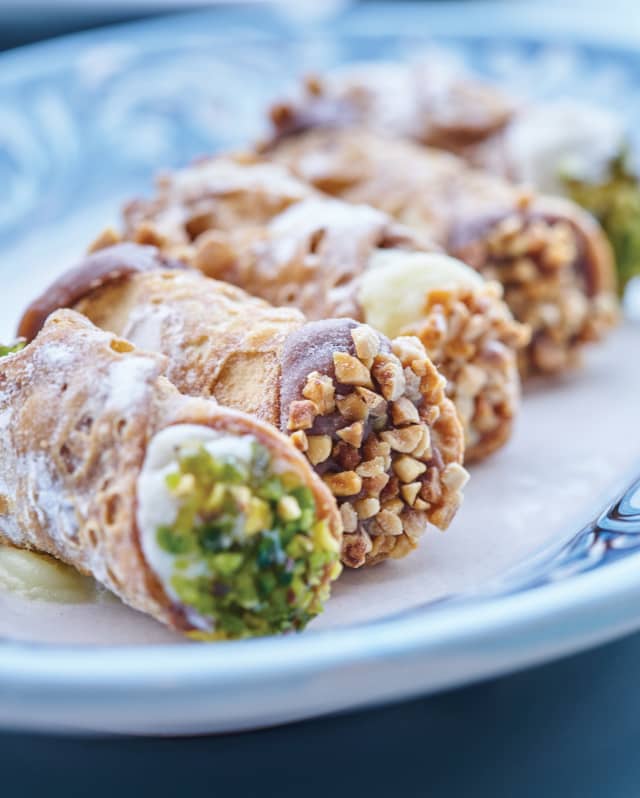
Tourists who love what was once called Mitteleuropa, that endless expanse of kingdoms, empires and republics in the center of the Old Continent, may want to pack a classic literary travelogue in their suitcase: Italian Journey by Johann Wolfgang von Goethe, a chronicle of the German author’s travels through Italy from 1786 to 1788. Don’t be intimidated by its five hundred pages divided into three volumes; treat them as you would a chat with a friend on WhatsApp, to be read before going on excursions. Climb, with Goethe, up Mount Pellegrino, “the most beautiful promontory in the world,” but remember to look up because “those who have seen the sky of Palermo once will never be able to forget it.”
On the east coast, in Taormina—a dream destination for generations of travelers—we can listen to Goethe discuss the Teatro Greco, or Greek Theater: “Seated where the spectators used to sit, in the highest part, we are inclined to think that a theater audience has never seen things more beautiful before its eyes. To the right, on the highest rocks, stand castles, below is the city, and although these edifices were built recently, it seems as if they were already there in antiquity.”
Those who stop for the night at the Grand Hotel Timeo, A Belmond Hotel, Taormina, will relive Goethe’s dazzling panorama with their own eyes, and not miss a single frame. The past returns in the future and becomes vivid emotion. The eccentric American writer Truman Capote was so enchanted that he stayed here for two years. D. H. Lawrence scandalized the austere society of the post–World War I period when he wrote about the sensual passions of Lady Chatterley. Lady Florence Trevelyan, rumored to have been exiled by Queen Victoria for her scandalous behavior, was able to live freely in Taormina. And Tennessee Williams honed his lyrical style of writing here. At Villa Sant’Andrea, you can walk along the shore or swim in the blue waters toward Isola Bella, where swordfish and bluefish dart around before ending up on the grill of Oliviero restaurant. Here, history and nature meet, taking you from the Italian unification movement, spearheaded by Giuseppe Garibaldi, to the days of world war, and the dolce vita years of Hollywood and its Roman equivalent, Cinecittà, with the presence of stars such as Greta Garbo, Elizabeth Taylor, Richard Burton, Virna Lisi, Audrey Hepburn, Rex Harrison and Burt Lancaster and, later, a new era that included Nicole Kidman, Willem Dafoe, Francis Ford Coppola, Al Pacino and Robert De Niro.
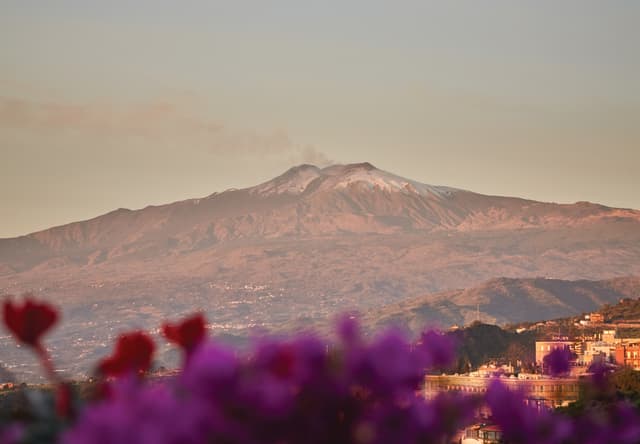
Behind you there is always the extraordinary mass of Etna, at 11,014 feet the largest active volcano on the Eurasian Plate, designated a UNESCO World Heritage site in 2013. The locals call it A Muntagna in the Sicilian dialect, a language also recognized by the U.N. With its woods, sciare (lava flows), fertile vineyards, bustling villages, ski slopes and high-altitude refuges, the volcano supports the ancient ecosystem of Etna National Park. If you decide to go on a hike, keep in mind all those who have preceded you through the olive groves and vineyards, beyond the holm oaks, hazelnut trees and the highly prized green pistachios of Bronte, to the oaks and chestnuts, and finally the majestic beeches and shining birch trees that manage to grow at altitudes above 6,500 feet.
Sicily is both a theater and a laboratory. You can eat a “poor” dish on the street, such as the sfincione, Sicilian-style pizza sold at dawn at I Candelai cultural center in Palermo, or pizza rianata with oregano at Calvino in Trapani, and taste the flavors of fourteen millennia; you can walk along a barricade of the Castello Maniace in Syracuse, passing the archers’ slits, and take your place in an endless genealogy of heroes and commoners; and finally, you can admire a portrait, Annunciata di Palermo (Virgin Annunciate), painted in 1475, that seems vividly to reflect our own turbulent times. Welcome, then, to Sicily, where everything begins again and nothing ever really ends.
The above is an abridged extract from “Sicily Honor” © 2023 Assouline Publishing, Gianni Riotta. Purchase the full text here.
Delve deeper into
You might also enjoy
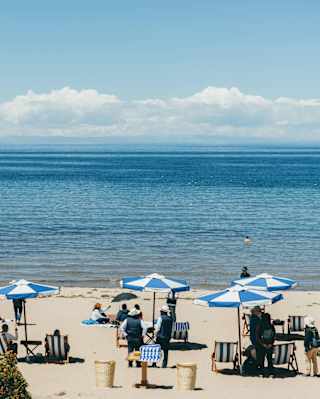
Hello From the World’s Highest Beach
Most beaches meet the sea, however, this one greets the sky. Stake your spot at Collata Beach on Lake Titicaca’s Taquile Island, where Belmond’s Andean Explorer is offering a rare trip to the shore at an altitude of nearly 4,000 metres.
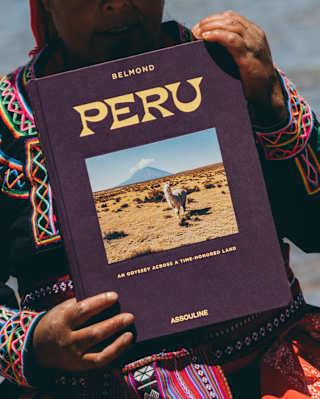
Peru: An Odyssey Across a Time-Honoured Land
In this extract from “Peru: An Odyssey Across a Time-Honoured Land,” a new book published by Assouline in collaboration with Belmond, journalist Catherine Contreras reveals a Peru travel guide, inviting readers to explore one of the planet’s most captivating destinations and showcasing the beauty of the locations where Belmond’s hotels and trains are found throughout Peru.
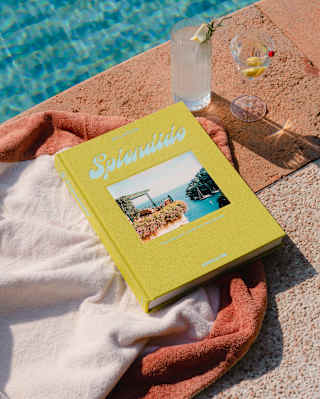
Splendido: The Radiant Stage of Portofino
For the new Belmond Assouline travel book, British journalist Matthew Bell dives into the history of Splendido to tell us the tales of the gem of the Italian Riviera. The hotel, which has entered a new chapter on the radiant stage of Portofino after a painstaking renovation, transforms into a mythical legend in the new Assouline travel book – discover an excerpt from the guide and read about the secret stories behind the iconic destination.
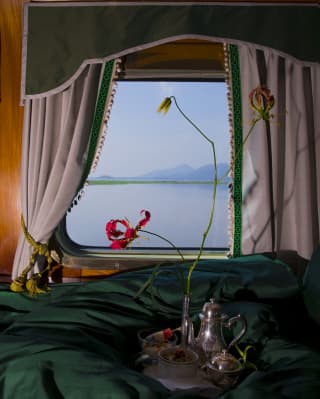
Go with the Slow: The Rise of Train Travel
Belmond continues to shape the future of luxury train travel, marked this year by the arrival of the Britannic Explorer, the first train of its kind in England and Wales. Monisha Rajesh – author of four travel books including ‘Moonlight Express: Around the World by Night Train’ – discovers why slow travel is having a resurgence.
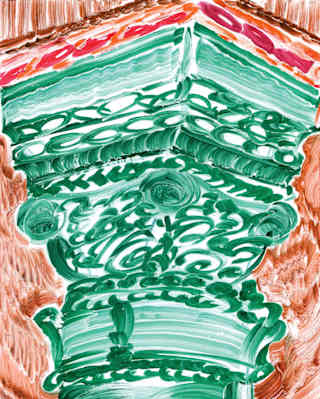
Quite the Site: Luxury Travel to UNESCO World Wonders
As proud custodians of historic properties near cultural and natural wonders, Belmond’s hotels and trains are the perfect choice for travellers with a historical hankering. Whether you’re marvelling at the ingenuity of the ancient Romans in Britain or the wonders of the Mayas in Mexico, our properties are your gateway to the past.
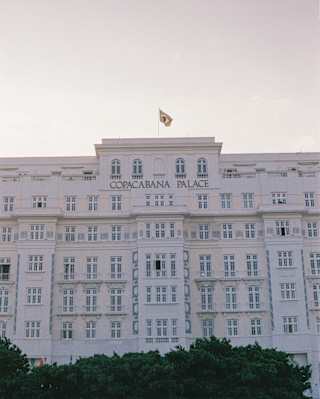
Belmond Legends: Copacabana Palace
Welcome to Copa, the legendary stage for the most glamorous encounters and iconic revellers. This is the place where Rio entertains and enchants. The place where Rio starts.
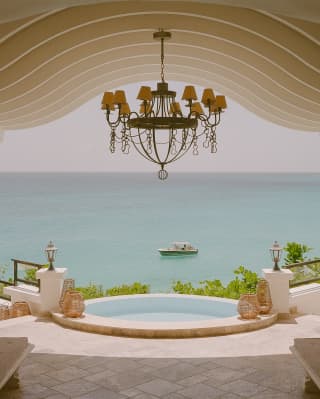
La Samanna: The Sanctuary of St. Martin
Perched above Baie Longue, La Samanna is a place where elegance and tranquillity mingle in perfect harmony. Step inside our legendary hotel, in the heart of Terres Basses.